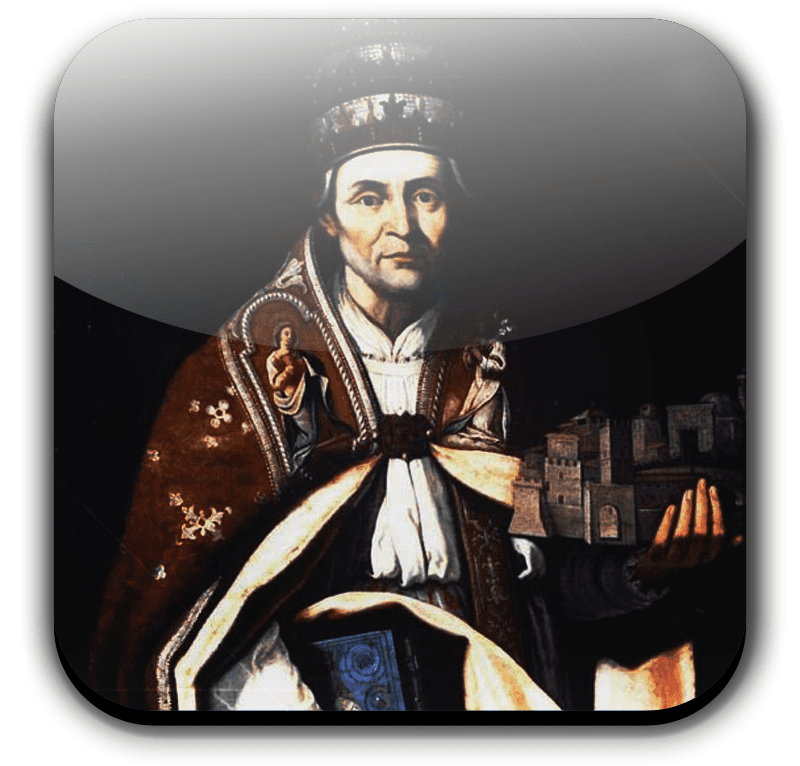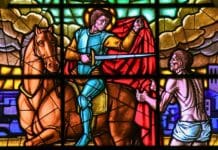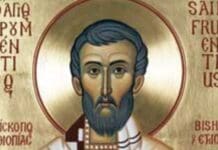 He was the eleventh of twelve children. His father died early, and his mother raised him with an influence towards a religious vocation. When his mother would ask, “Which one of you is going to become a saint?” little Peter would answer “Me, Mama! I’ll become a saint!”.
He was the eleventh of twelve children. His father died early, and his mother raised him with an influence towards a religious vocation. When his mother would ask, “Which one of you is going to become a saint?” little Peter would answer “Me, Mama! I’ll become a saint!”.
At age seventeen, he became a Benedictine monk at the monastery of Santa Maria di Faifoli, near Montagano, Italy. Here he began to persue a life of solitude. In 1240, he moved into a cave on Mt. Morrone, of which he received his surname.
At age 30, he moved to Mt. Majella with two other companions, where he began to apply to himself a life of strict mortification rules. He would fast for 6 days a week, long prayers, wear hair shirts and iron chains. Many would flock to him, that he founded the order of the Celestines, after himself. He continued his life here for the next 50 years and became well-known throughout most of Italy.
Following a two year conclave during which the cardinals could not decide on a pope, Peter came to them with the message that God was not pleased with the long delay; the cardinals chose Peter as Pope.
The primary objective of his pontificate was to reform clergy, many of whom were using spiritual power to obtain wordly power. Celestine sought a way to bring the faithful to the original Gospel spirit, and he settled on “Pardon” – he called for a year of forgiveness of sins, and return to evangelical austerity and fidelity.
He reigned a mere five months, and the members of the Vatican Curia took advantage of him. This led to much mismanagement, and great uproar in the Vatican. Knowing he was responsible, Celestine asked forgiveness for his mistakes, and abdicated on 13 December 1294, the only pope to do so.
His successor, Boniface VIII, kept Celestine hidden for the last ten months of his life in a small room in a Roman palace. Celestine may have appreciated it – he never lost his love of the hermit’s life, and spent his last days in prayer.

















